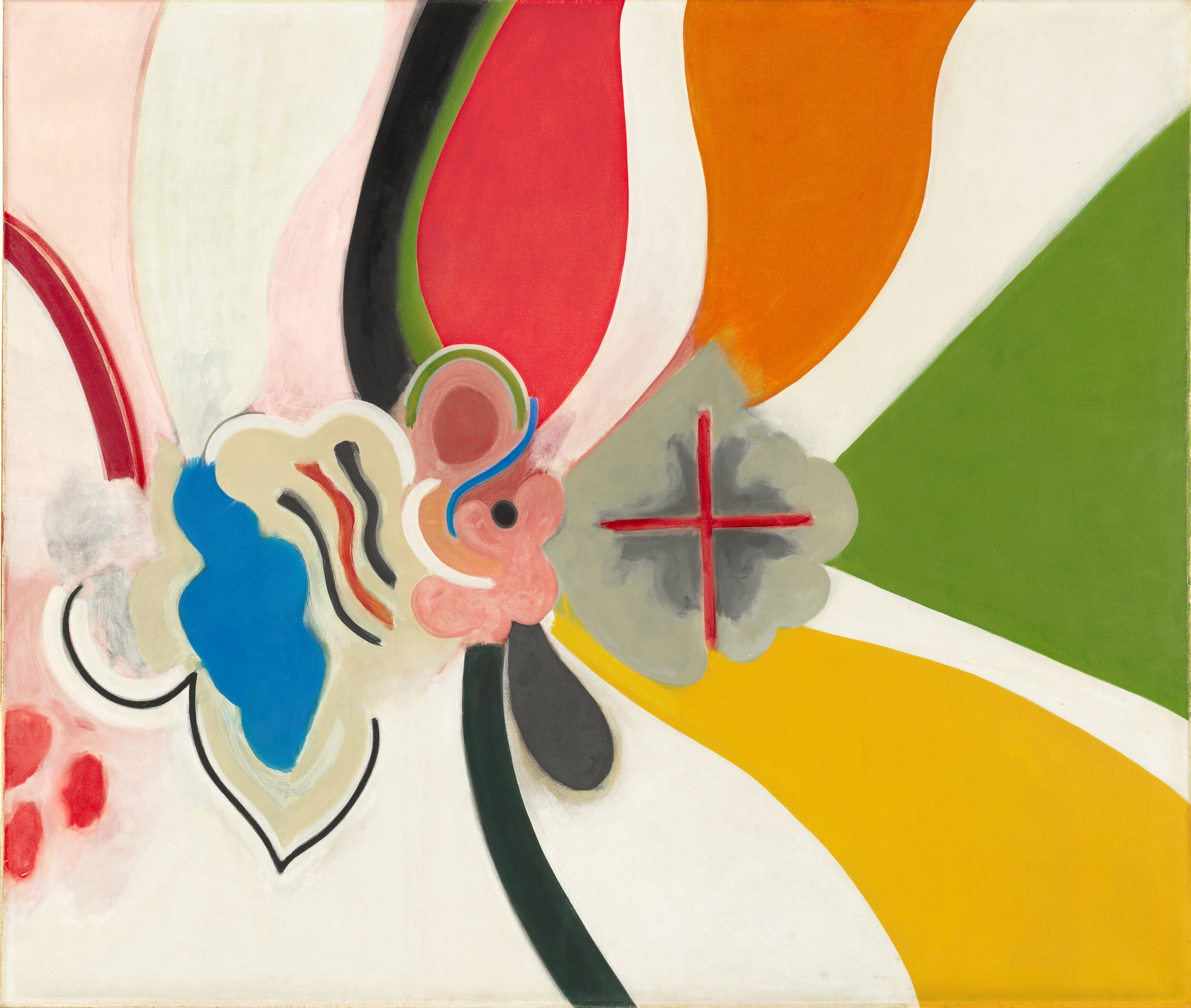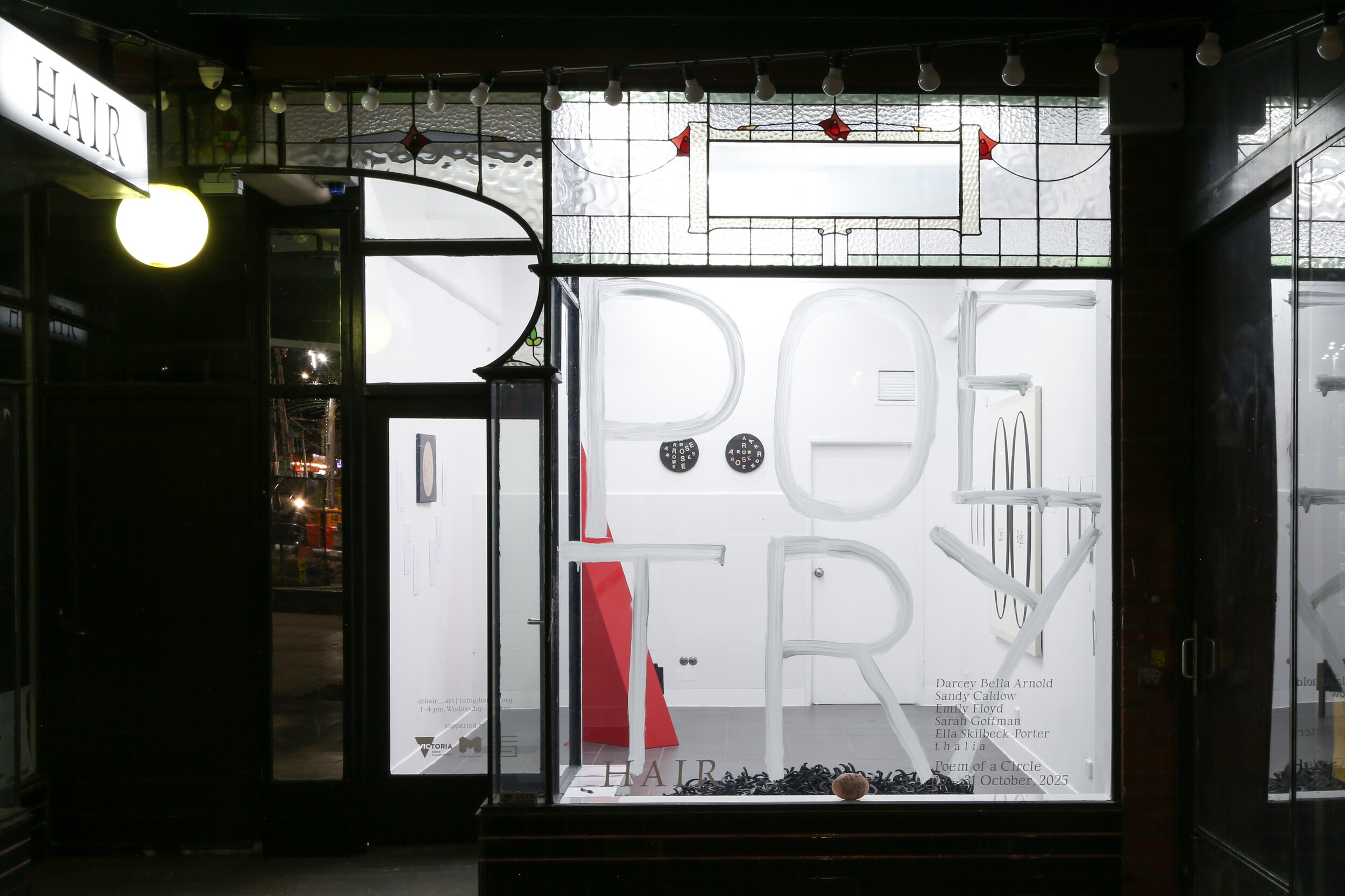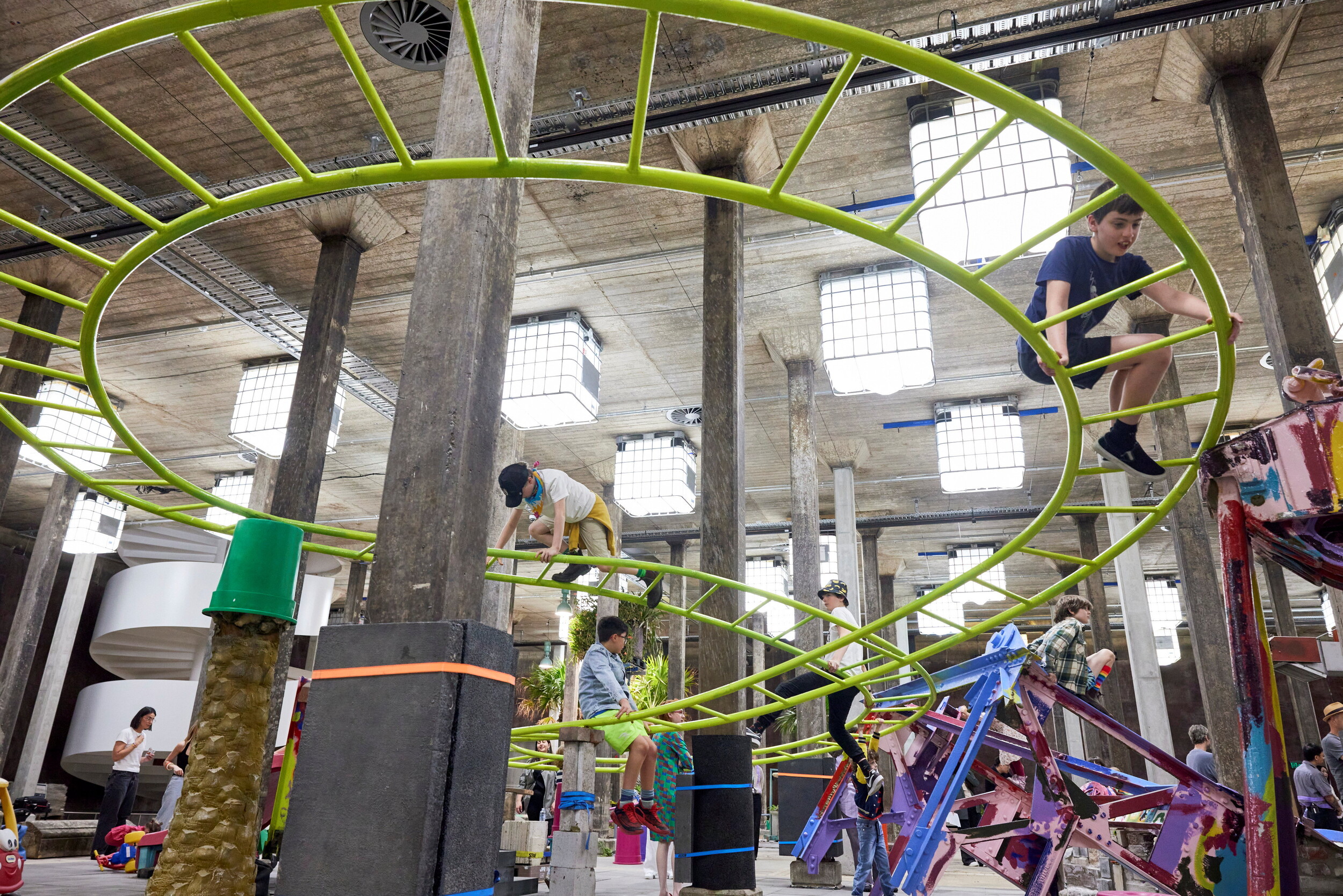Amalia Lindo: Computer Shoulders
Stephen Palmer
Amalia Lindo’s exhibition Computer Shoulders consists of three identical flat television monitors held at various angles by long black poles protruding from the walls and ceiling, and a single framed photograph of roughly the same size, mounted on the wall. The monitors display three interrelated videos, consisting of visual material which for the most part has been gleaned from YouTube, using an algorithm developed by Lindo in collaboration with data scientist Tim Lynam.
On the first vertically positioned monitor, the viewer is forced over and over through a frenetic barrage of shaking images. At a certain point, it becomes apparent that the same cycle of footage is repeating with variations, landing back periodically at a still frame. At this moment, a mouse pointer appears and moves to select an option from a menu, which starts the cycle again according to another permutation.
The images capture various things: a tilting line of buildings, people standing in open spaces, strange computer-generated grids, and other screens upon which flicker further compressed images. The footage moves so quickly that following the twisting orientation and shaky movements of the camera in relation to its subject matter is more than enough to occupy the eye. Here, Lindo is using another algorithm to automatically edit the footage, based on her own working methodologies.
The monitor furthest away from the gallery entrance makes use of footage recognisable from the previous video, a comparison made viable by the shared orientation of these two screens. In this case, the editing—presumably performed by the artist—operates at a considerably slower pace. Here we start to observe a dialogue between the personal and the impersonal, a quality familiar from Lindo’s previous works. The images are predominantly shot by individuals observing and recording the happenings of their lives. Yet these individuals are anonymous and presumably unknown to the artist. Lindo seizes on details, quiet moments of observation, or the accidental components of footage that may have been recorded for a particular occasion or purpose. Through this montage, Lindo effects a kind of inhabiting of other people’s memories, seeming to extract something intimate from the de-personalised accumulation of images.
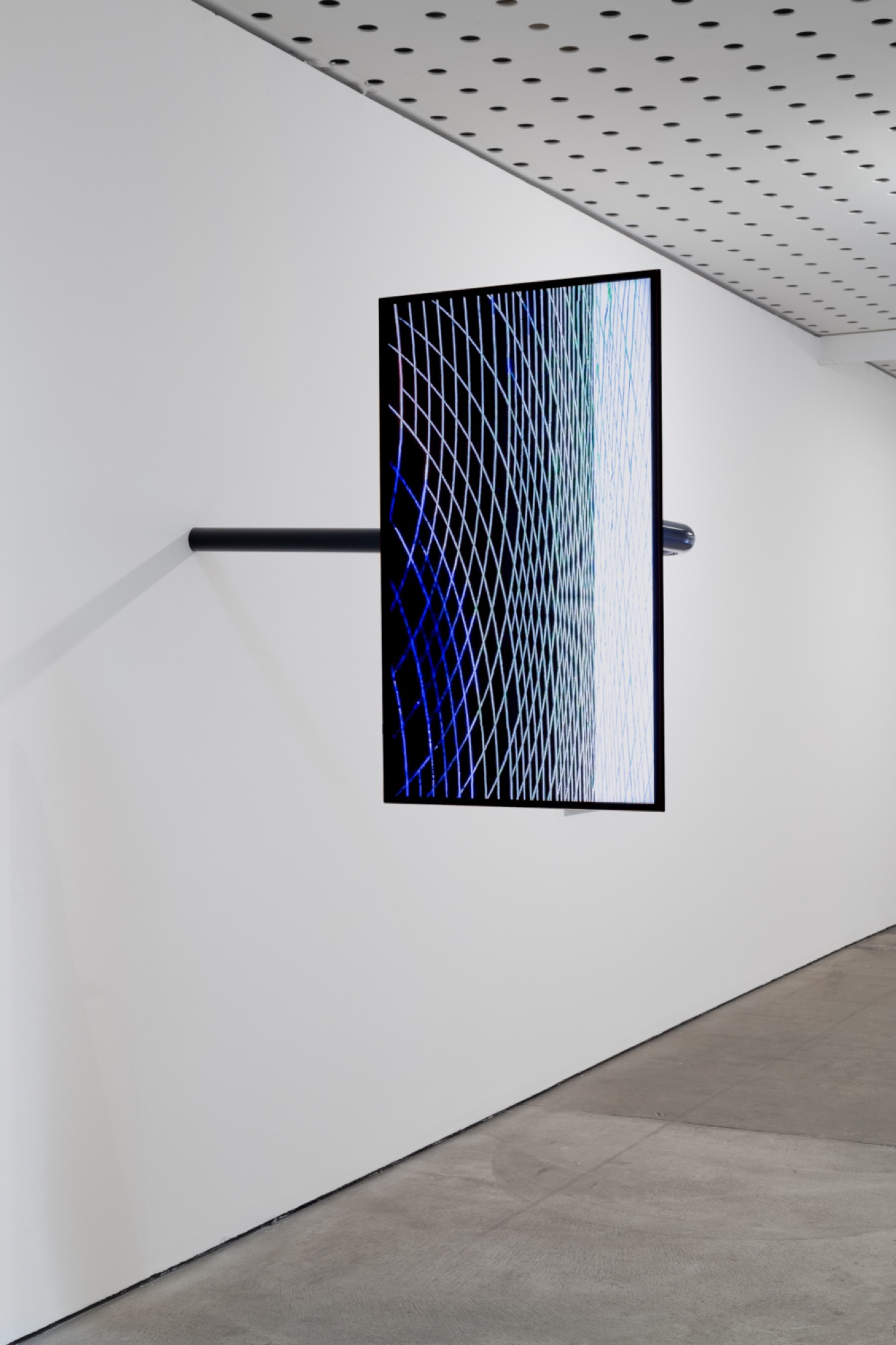
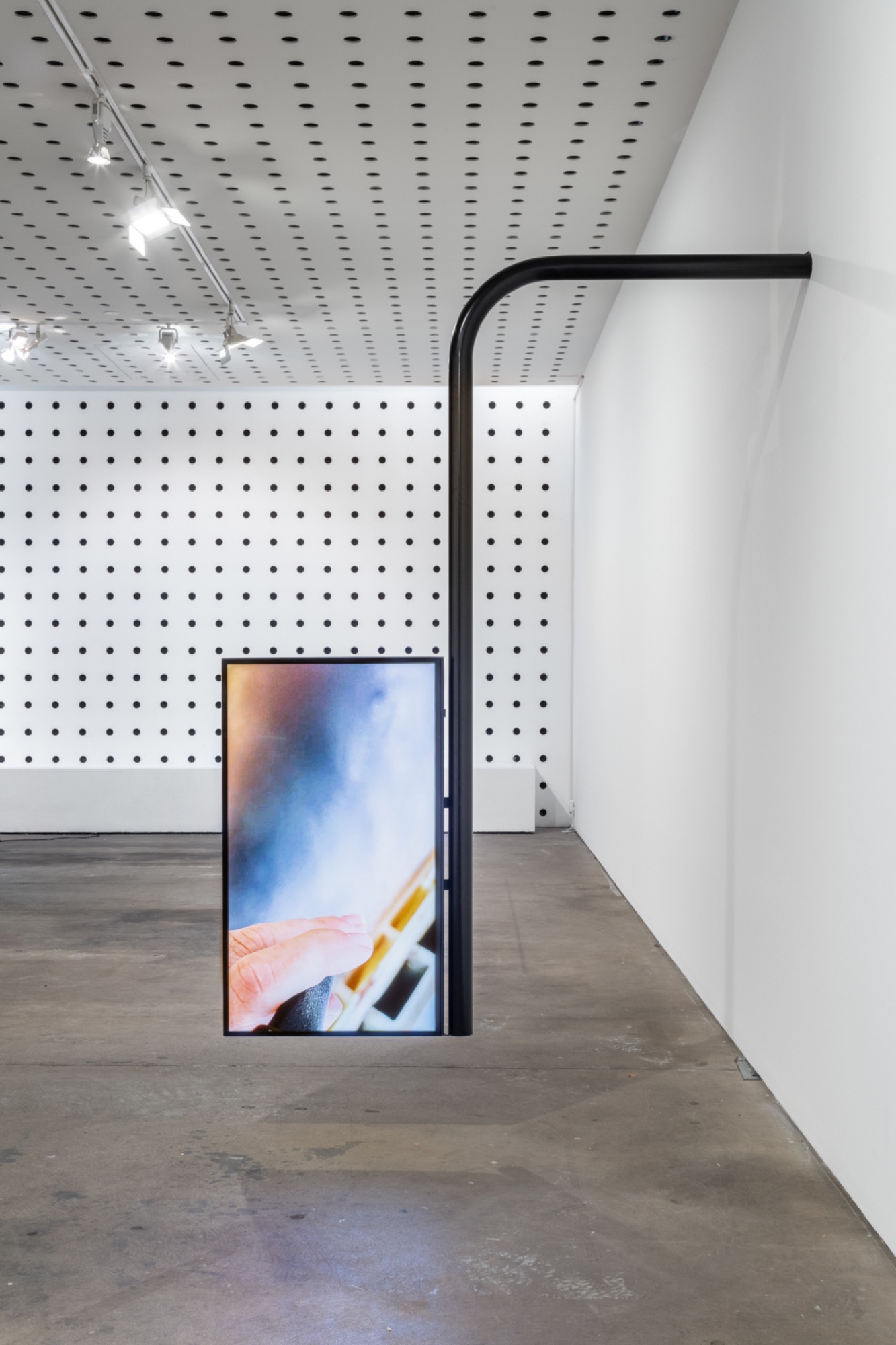
These two videos carry out a kind of dreamwork in which images are stitched together in a fashion that does not yield an obvious sense or narrative development. The rapid cycles and variations of the first video suggest a constant search for something within the footage, but this key moment is never found. The relationship between clips sometimes suggest visual associations, whereby bricks are compared with tiles, which are compared with grids, which are compared with pixels, which are compared with bugs milling on a wall. Surfaces and frames seem to be recurring motifs, which speak of the technical condition of the image, and by analogy the mechanism of perception. Transitions are often made in the process of rapid movements of the camera, so that a sudden gesture appears to transform the scene. In some cases, it is as if the image fails at a point of maximum disorientation, at which point a new scene emerges. This is likewise reminiscent of dream experience, in which a new and unforeseen set of circumstances often seems to emerge out of an action or movement.
Lindo’s images do not, on the whole, depict people. Here and there, we find partial images of bodies: a hand in front of the camera, or a person standing in three-quarter rear view, facing away from the lens, towards something out of frame. The body is most pointedly implied in the lurching movements of the camera, or the mild shakiness of the footage, which testifies to the invisible presence of the many agents who have unknowingly contributed to the work.
The motifs of searching, surface and the deterioration of image, which recur across the work, are summed up in the central video and corresponding photographic image. Here, the camera pans and sweeps slowly across a still dark surface, upon which small particles occasionally shift as if caught in a breeze. The surface shimmers in some areas with a galaxy of small white points. Other areas appear as murky brown clouds, which are distorted in a way indicative of an underexposed digital image. Unlike the other components of the installation, this footage was shot by Lindo at a sulphur pond she happened upon while driving in rural Victoria.
Like the footage sourced from YouTube, there is an emphasis on the process of production inherent in the image, whereby the parameters of the digital device are played upon, both in terms of its picturing of this subject-matter, and through the analogy of the pond’s semi-transparent surface, which acts as both an elusive object and a further layer of mediation of the captured light. The somewhat disguised condition of what is being viewed, and our inability to apprehend it with any distance, reiterate in a calmer fashion the perspectivism suggested by the montage videos. On the other hand, the footage is distinctly different in its rhythm and effect, speaking of a careful, though aleatory, process of observation, in which the eye, lingering here and there, makes its way slowly and without an assumed purpose.
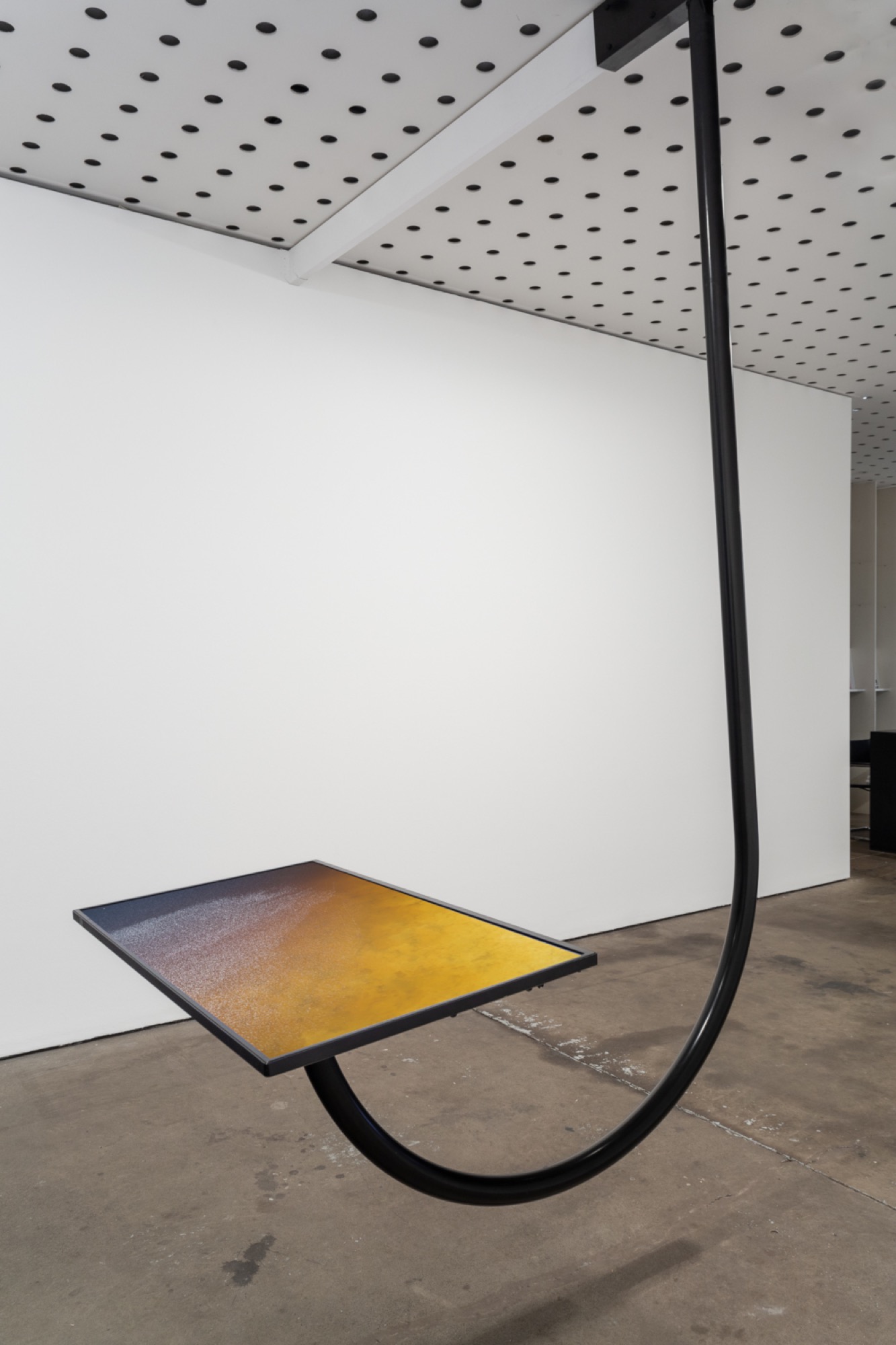
The contrast between the chaotic bombardment of the first video and calm wandering upon the surface of the pond, perhaps suggests an opposition between the chaotic and attention-demanding acceleration of online media, and a reorienting practice performed outside this apparatus, where we might rediscover a time for looking and thinking. But given the strong parallels between the different channels of the work, such a contrast may be summoned but is not figured here as an opposition. Certainly, Lindo’s work evokes the prohibition on dreaming instituted by 24/7 consumer capitalism. The increasingly compulsory participation in social-media and other online forums contributes to the programming of private and personal life, in which not only recreation, but one’s thoughts, creative pastimes and relationships are colonised by commercial interests and the ideologies of those who can buy their way into this “socially-mediated” space. One’s performance and consumption within this space is mediated by the algorithms employed by these forums, and by extension the ways in which this data can be monetised. The algorithm of the dream, by contrast, would allow for a breaking with the circuit of production and consumption, a space in which creative activity would operate in a fashion in excess of the logic of the market and its normative categorisations.
It has become a truism that everyday experience is becoming progressively fragmented by the proliferation of digital media. Nevertheless, for the most part this apparently de-centralised media remains tightly bound by the ideology of consumer capital. Each shard of mass media carries a pretension to comprehend the totality and urgency of conditions, albeit in a hazy fashion. In contrast to this kind of fragmentation—which, in passing, amounts to the progressive destruction of the traditional bearings of social and cultural life—Lindo’s montage suggests instead a democratised fragmentation of the world, in which smart phones (and by extension individual perspectives) are so many contingent particles falling through the void, without telos or destination.
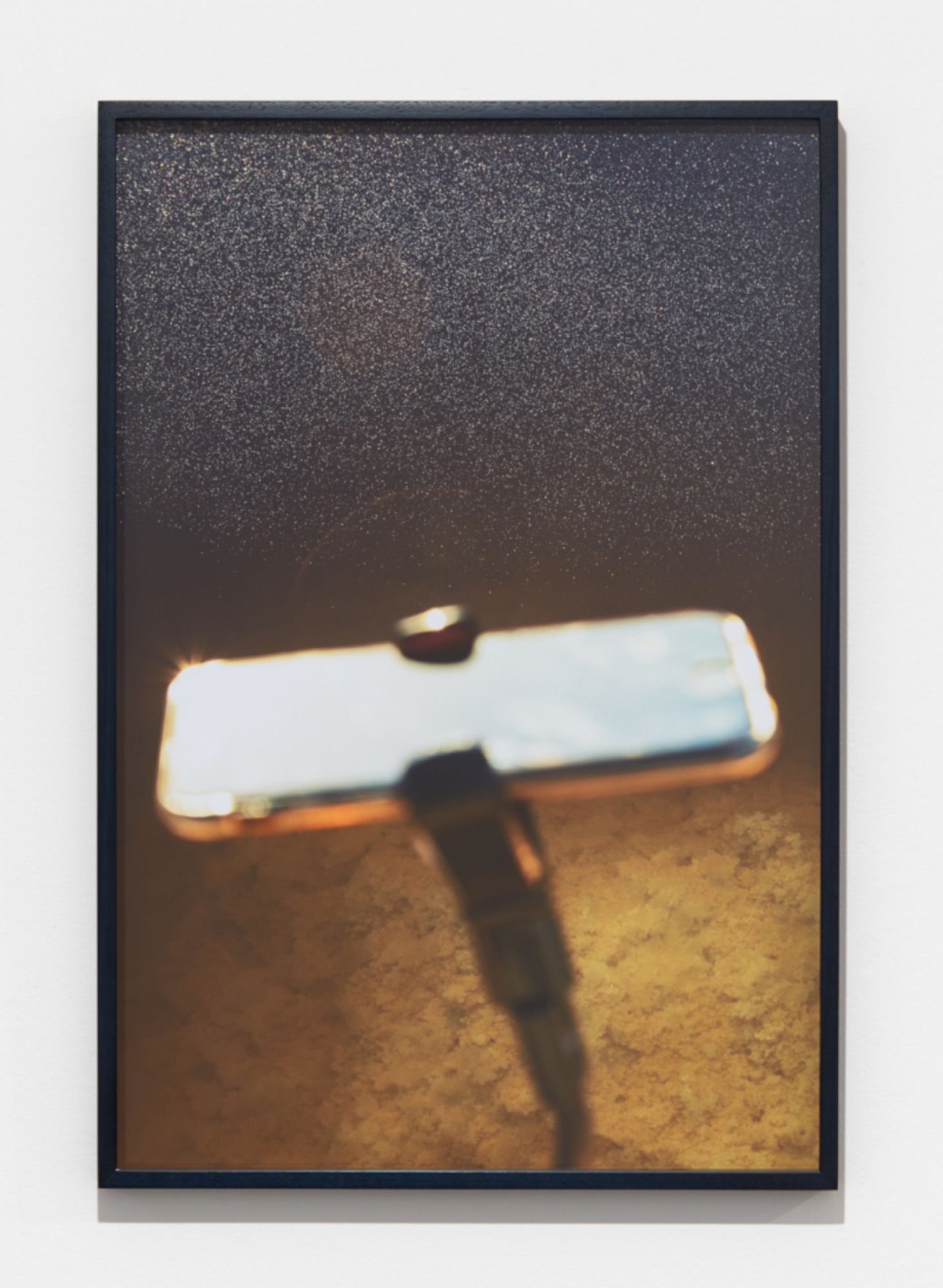
The algorithm attempts to carry out, on the level of the individual artist, what Bernard Stiegler calls the grammatisation of gesture. This describes the process, instigated in earnest with the industrial revolution, whereby the actions of workers become automated through their programming into procedures which can be carried out by machines. Lindo’s algorithms, on the one hand, begin to replace her artistic labour, alluding to the building anxiety about the loss of jobs and redundancy of whole professions, in the encroaching age of full automation. In attempting to mimic the artist’s own aesthetic sensibilities, Lindo’s work prefigures the possibility of the artist being replaced by such a program. One can easily imagine a further development of the software, which would not only carry out these creative procedures according to vast range of parameters, but also develop new procedures (based on the discovery of different materials, the extension and modification of various techniques, and the critical input of an audience), and hence develop in the sense that is expected of the modern artist.
But what we should observe in this is not a lamentable loss of the sanctity of creative life, but that creative labour always necessarily operates through a program. Lindo reveals the programmatic nature of her own making process. Allowing a further degree of automation does not undermine her artistic prerogative but introduces possibilities in the selection and employment of footage that could otherwise only be discovered through an impossibly long process of viewing and experimentation. Furthermore, her use of automation suggests the possibility of displacing or eluding various habitual decisions or protocols, followed, consciously or unconsciously, in her work. Slipping away from the assumption of the employment of automation for the sake of the lowest common denominator (i.e., profit), Computer Shoulders demonstrates the way in which automation opens up other possibilities of engagement in the cultural milieu.
Stephen Palmer is an artist and writer.
